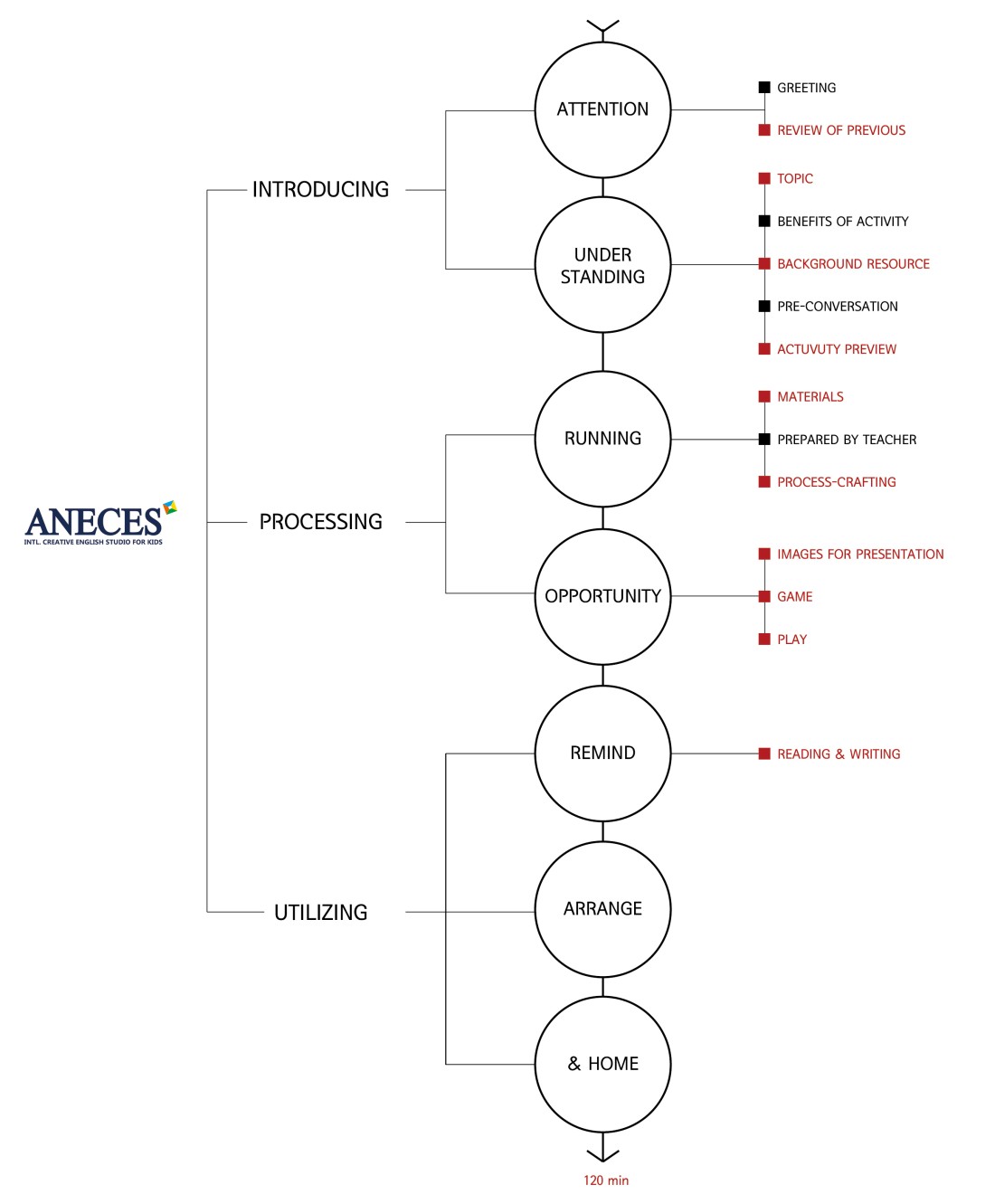how to LEARNING
Using art in English education can be an effective way to engage students and help them develop their language skills. There are several theories and approaches to using art in English education, including.
Communicative Language Teaching (CLT): This approach emphasizes the use of real-life situations and tasks to help students develop their language skills. In the context of art, this might involve having students use English to discuss and describe works of art, or to create their own art projects.
Content-Based Language Teaching (CBLT): This approach involves using a specific subject or topic as the basis for language instruction. In the context of art, this might involve using works of art as the basis for lessons on vocabulary, grammar, or culture.
Task-Based Language Teaching (TBLT): This approach emphasizes the use of authentic tasks to help students develop their language skills. In the context of art, this might involve having students use English to complete a specific task, such as creating a brochure about an art exhibition or giving a presentation about a particular artist.
Project-Based Language Teaching (PBLT): This approach uses project-based learning to help students develop their language skills. In the context of art, this might involve having students use English to plan and execute an art project, such as creating a mural or a sculpture.
Aesthetic Education: This approach views art and language as integral parts of human experience and emphasizes the role of art in language learning. In this approach, the students are exposed to different forms of art such as music, poetry, drama, visual art, and dance, which can be used to improve their language skills.
These theories and approaches to using art in English education can be adapted to suit the needs of different students and classrooms. The key is to make the learning process interactive, engaging, and fun, while also providing opportunities for students to develop their.
Learning Process
ATTENTION
GREETING
REVIEW OF PREVIOUS
UNDERSTANDING
TOPIC
BENEFITS OF ACTIVITY (for Teacher)
BACKGROUND RESOURCE
PRE-CONVERSATION&PRE-QUESTIONS
ACTIVITY PREVIEW
RUNNING
UNDERSTANDING of MATERIALS
PROCESS-CRAFTING by steb by step
OPPORTUNITY
PRESENTATION
AFTER LEARNING
REMIND
READING & WRITING
Establish criteria for evaluation. Through this, students produce work in accordance with the evaluation standards and their English skills are evaluated. Evaluation criteria may include the work's creativity, completeness, color combination, and verbal expression of the creative process.
Grade students' work and provide feedback. Grading criteria may take into account creativity, completeness, and color combinations of the work, and students' use of linguistic elements is also evaluated. Feedback helps students improve their English skills.
Students compile a portfolio of their work. This allows students to demonstrate their English skills and creativity.
Crafting art activities are conducted as group activities so that students can communicate and cooperate with each other to complete the work. This allows students to gain experience using and interacting with English.
